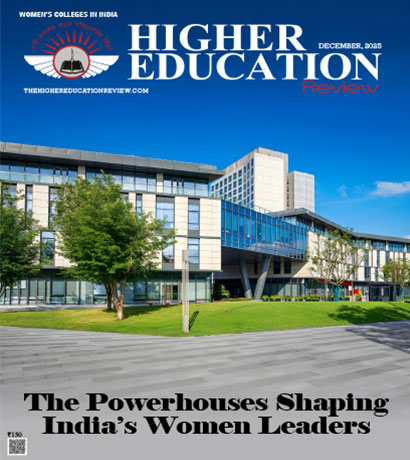Trends In Educational Sector
 The last decade has seen a massive expansion of the education sector in India. In the year 2016, Indian institutes were most profitable globally. The top factors contributing to this increase has been- increase in the population of the youth, increase in enrolments in educational institutes and increase in the government incentives provided to this sector.
The last decade has seen a massive expansion of the education sector in India. In the year 2016, Indian institutes were most profitable globally. The top factors contributing to this increase has been- increase in the population of the youth, increase in enrolments in educational institutes and increase in the government incentives provided to this sector.
Over the last few years the government has also been adopting many measures to diversify and expand the range of options which is available to the students.
This year during the 2018, budget speech, Mr. Arun Jaitley (Union Finance minister) declared many benefits for the students in India. There has been a significant increase in the budgetary expenditure on health, education and social protection from 1.22 lakh crore in 2017-18 to now 1.38 lakh crore in 2018-19.
Change is the only thing constant. A number of new trends have emerged pertaining to the Indian education sector which is modern and innovative in its approach. Some of the trends to watch out for are:
1. Leveraging technology in education - According to a study by KPMG in India and Google in May 2017, Internet and smartphone penetration in India is expected to increase exponentially to 735 million and 470 million, respectively, by 2021. Integration of technology and education will continue at a high speed and will also allow easier access of course to remote students and allow the on-site students to revise the course material as per their speed and their ability of learning.
2. Internships - Many universities across the globe are incorporating internships in their curriculum. This provides the student jump start to their careers, giving them opportunity to have hands-on experience of the field they want to pursue their careers in. This will prepare the students to have a real-life experience and will also give them a glimpse of work life. Usually the transition from a student to a working professional can be very challenging for many. Having the concept of internship will act as a bridge for a smooth transition.
3. Interactive Education - This is a change in the traditional way of learning which is usually one-sided knowledge transfer. Interactive education will encourage critical thinking especially when a new concept/topic is introduced. This will also make knowledge fun and encourage students to ask question in a positive environment. Interactive education will further provide opportunity of team building and public speaking wherein the students can present their answers and they can receive feedbacks from other team members in a positive, open environment.
4. Career and technical education - This aims at achieving skill development which will help students to confidently execute tasks which form the principal of a particular domain and helps in reduction of the skill gap in the future employees. The traditional educational set-up has been very theoretical focussing on multiple subjects which may or may not be utilized when it comes to skill development required for work force. The education sector needs to build curriculum which will balance theoretical knowledge along with skills required for a career in the long-term.

